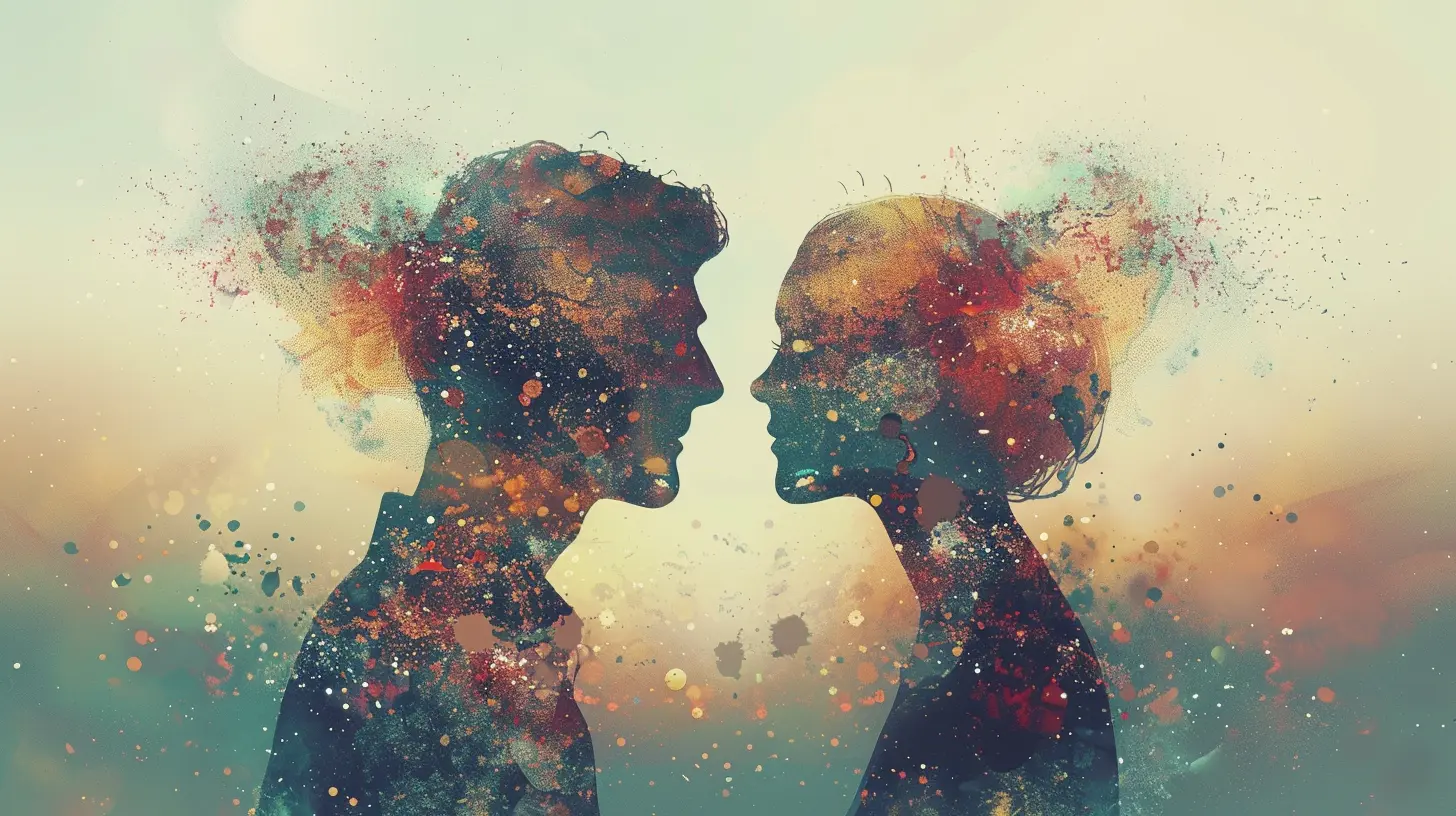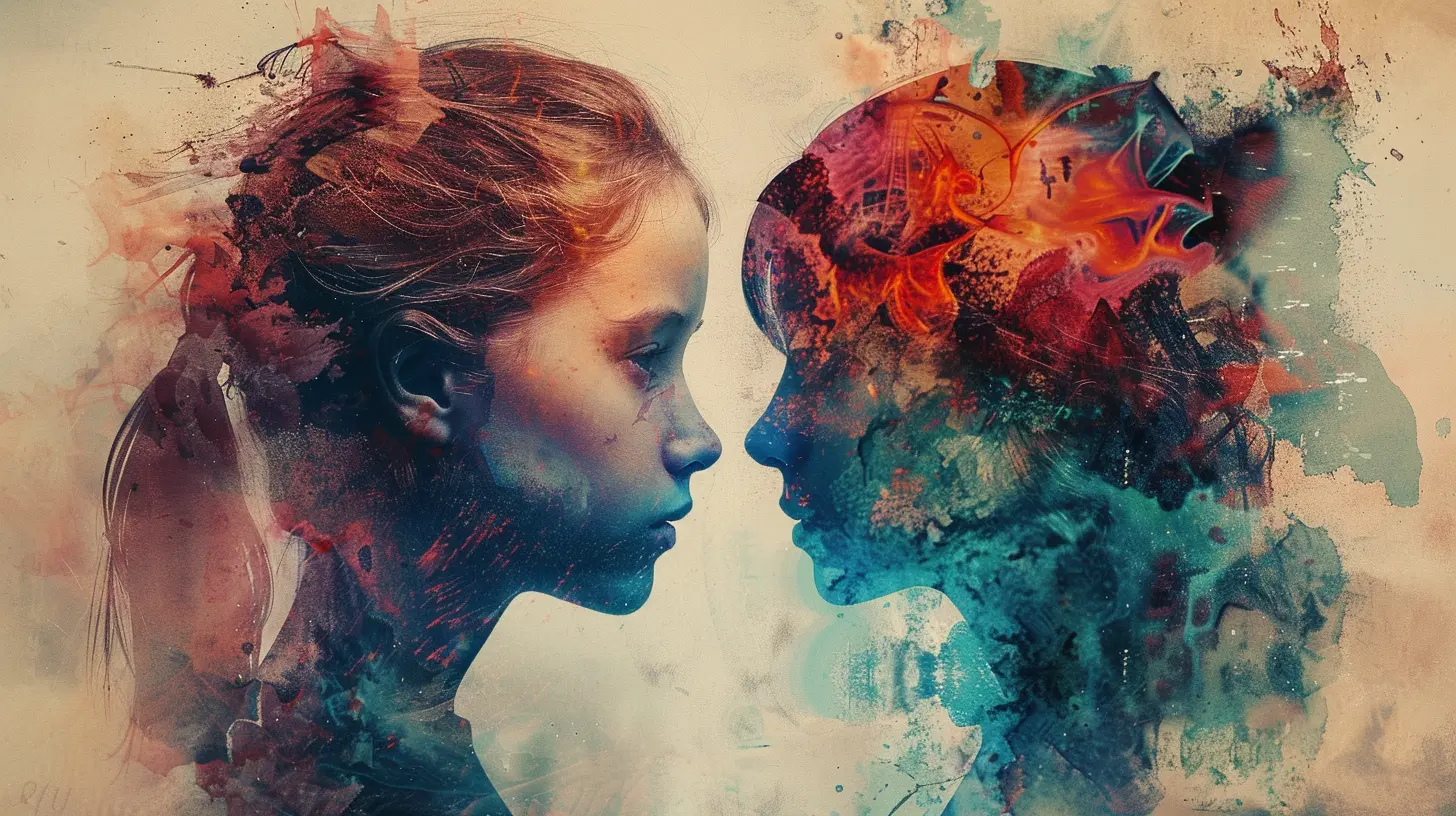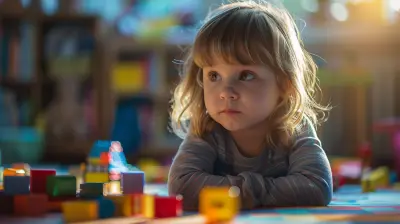Attachment Theory: How Early Relationships Shape Our Lives
14 July 2025
Have you ever wondered why some people seem super comfortable with intimacy, while others freeze up or run the other way? Or maybe you’ve noticed patterns in the way you bond with friends, partners, or even co-workers. If that sounds familiar, you’re not alone—and guess what? It might all trace back to something called “Attachment Theory.”
This psychological framework digs deep into the way early relationships, especially those formed with primary caregivers (usually mom, dad, or another guardian), shape how we connect with others throughout life. We're talking romance, friendships, even how we handle conflict. Let’s dive in and break it down, piece by piece—no jargon, just real talk.
What Is Attachment Theory, Really?
Attachment Theory was first proposed by British psychologist John Bowlby in the mid-20th century. He argued that the bonds we form with our caregivers in early childhood aren’t just about hugs and bedtime stories—they’re the blueprint for how we handle relationships for the rest of our lives.Think of it like this: your early experiences are kind of like your relationship software. If the coding is secure, your system runs smoothly with others. But if there were bugs in the system—like neglect, inconsistency, or even trauma—your future relationships might be plagued with glitches.
The Four Main Attachment Styles
Let’s start with a basic breakdown of the four major attachment styles. These are the psychological “settings” that get programmed early in life.1. Secure Attachment
This is the healthy gold standard. If you were lucky enough to grow up with caregivers who were responsive, consistent, and emotionally available, you probably formed a secure attachment.How it shows up in adult life:
- You’re comfortable with intimacy and independence.
- You trust others and don’t fear abandonment.
- You can express emotions openly without feeling overwhelmed.
Imagine a person who can be both emotionally close and still maintain their own identity—they’re not clingy or aloof. That’s secure attachment in action.
2. Anxious (Preoccupied) Attachment
This style often forms when caregivers are inconsistent—sometimes loving, other times unavailable. It creates a sense of unpredictability.In adulthood:
- You might crave closeness but constantly worry your partner will leave.
- You're sensitive to rejection and seek constant validation.
- Conflict can feel terrifying because it feels like a threat to the relationship.
It's kind of like being on an emotional rollercoaster—exciting but exhausting.
3. Avoidant (Dismissive) Attachment
This develops when caregivers are emotionally distant or discourage emotional expression.Signs in adulthood:
- You might value independence a little too much.
- Intimacy makes you uncomfortable.
- You tend to shut down emotionally to protect yourself.
Basically, emotions? Nope. Vulnerability? Hard pass.
4. Fearful-Avoidant (Disorganized) Attachment
This one's the trickiest and usually stems from trauma or abusive caregiving. It's marked by a love-hate relationship with closeness.In adulthood:
- You desire intimacy but are terrified of getting hurt.
- You may self-sabotage or push people away unexpectedly.
- It's a constant inner battle between craving connection and fearing it.
It’s like driving with one foot on the gas and the other on the brake.
How Childhood Experiences Shape Attachment
Your brain is like a sponge in early childhood. Every hug, every smile, even every ignored cry from a caregiver teaches you either “I’m safe” or “I’m not.”When those caregiving experiences are warm and predictable, you build a sense of trust. But if they're filled with neglect, inconsistency, or fear, that sense of security gets shaky.
Here's where it gets deep: these early patterns get internalized and become part of your subconscious belief system. So even if, logically, you know your partner loves you, you might still feel anxious they’ll leave—because that’s what your early brain learned to expect.
How Attachment Affects Adult Relationships
Whether we realize it or not, attachment styles sneak into every corner of our emotional lives. Let’s look at the different ways this plays out.Love and Romantic Relationships
- Secure types tend to have healthy relationships filled with mutual respect and communication.- Anxious types may become clingy, jealous, or constantly worry about the relationship's future.
- Avoidant types may resist emotional closeness or ghost when things get too intimate.
- Fearful-avoidant types might swing between intense closeness and sudden withdrawal.
That “Why do I always fall for unavailable people?” question? Attachment theory is waving at you.
Friendships and Social Bonds
Attachment doesn’t just play out in romantic settings. It also affects:- How easily you trust friends
- Whether you open up about personal struggles
- How you deal with conflict or misunderstandings
If you often feel “left out” or misunderstood, your attachment style might be coloring your experience.
Work and Professional Relationships
Yep, attachment even shows up in how you relate to coworkers and bosses. Securely attached individuals often navigate workplace dynamics with confidence and adaptability, whereas insecurely attached individuals might struggle with authority figures, trust issues, or imposter syndrome.Can Your Attachment Style Change?
Here’s the good news: your attachment style isn’t set in stone. It's more like a playlist you can edit over time.How does change happen?
- Through consistent, healthy relationships (romantic or otherwise)
- With the help of therapy (especially attachment-based or trauma-informed therapy)
- By increasing self-awareness and challenging false beliefs about yourself and others
Think of it as emotional reprogramming. Just like software can be updated, your relationship “coding” can be too.
Steps To Heal Insecure Attachments
If you’re identifying with those insecure styles and feeling a little called out right now, take a deep breath. You’re not broken. You’re just human—and humans can grow.Here are some steps to start healing:
1. Increase Awareness
You can’t change what you don’t understand. Start by learning more about your attachment style. Journaling, reflecting on past relationships, or working with a therapist can help you connect the dots.2. Reframe Your Inner Dialogue
Most insecure attachments are fueled by limiting beliefs like “I’m not worthy” or “People always leave.” Start paying attention to those thoughts and replace them with healthier perspectives.3. Set Healthy Boundaries
Secure relationships require boundaries. If you're anxious, this might look like resisting the urge to over-text. If you're avoidant, it might mean allowing yourself to lean on others occasionally.4. Communicate Openly
This is hard but powerful. Practice expressing your feelings and needs without blaming or panicking. Vulnerability is the bridge to intimacy.5. Seek Safe Relationships
Spend time with people who are consistent, kind, and emotionally available. These experiences help rewire your brain’s expectations about connection and safety.Attachment in Parenting: Breaking the Cycle
Here’s something empowering: understanding your attachment style isn’t just good for you, it’s also amazing for any future (or current) kiddos in your life.Parents with secure attachment styles are more likely to provide the kind of caregiving that fosters secure bonds in their children. But even if you grew up with insecure attachment, you can still break the cycle.
How?
- By being emotionally present
- Offering comfort and consistency
- Naming and validating feelings
- Repairing missteps, not being perfect
Attachment isn’t about being flawless—it’s about being “good enough” and emotionally tuned in.
Attachment Theory and Mental Health
Insecure attachments can increase the risk of:- Anxiety
- Depression
- Substance abuse
- Personality disorders
- Chronic loneliness
Understanding your attachment style is like getting the user manual to your emotional world. Once you know the roots of your emotional pain, healing becomes a lot more possible.
Wrapping It Up: Why Attachment Theory Matters
At the end of the day, we’re all wired to connect. The quality of those connections influences everything—from our happiness to our health. Attachment theory gives us a map for understanding why we love how we love, fear what we fear, and repeat the same relationship patterns over and over again.But here's the best part: it's never too late to change. Whether you’ve been anxiously chasing love, avoiding it altogether, or riding the chaotic waves of disorganized attachment—you can begin to shift. Growth, healing, and secure relationships are always on the table.
So the next time you find yourself wondering, “Why do I keep doing this in relationships?”—remember that little kid inside you is still looking for safety. And now, as an adult, you have the tools to give it to them.
all images in this post were generated using AI tools
Category:
Psychological TheoriesAuthor:

Nina Reilly
Discussion
rate this article
1 comments
Hunter Mendez
Understanding attachment theory empowers us to unravel the complexities of our relationships. By recognizing how our early bonds influence our lives, we can foster healing and cultivate healthier connections. Embrace the journey of self-discovery and growth—your past does not define your future!
August 13, 2025 at 4:31 AM

Nina Reilly
Thank you for highlighting the importance of attachment theory! Understanding our early bonds is crucial for personal growth and healthier relationships. Embracing this journey can truly transform our futures.


